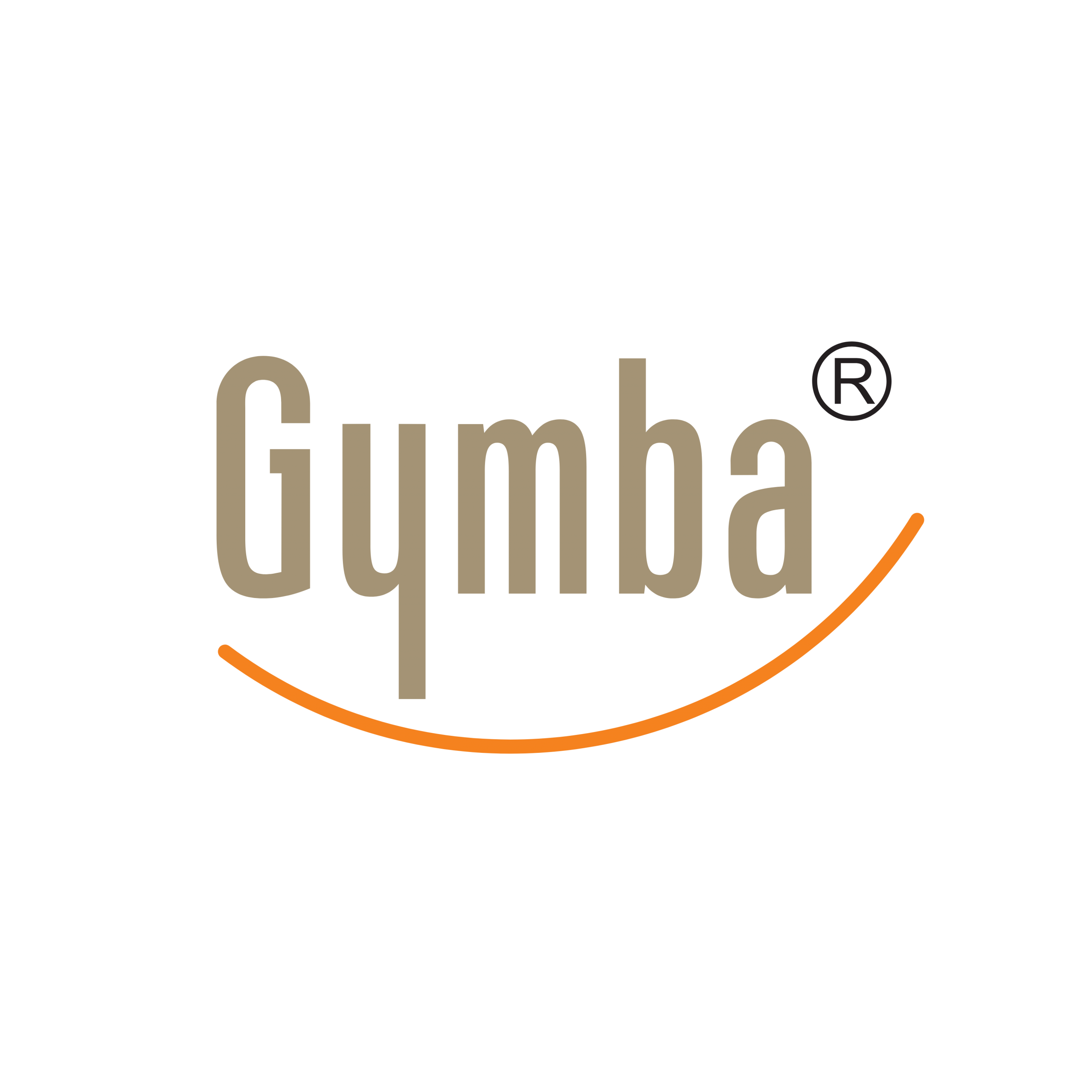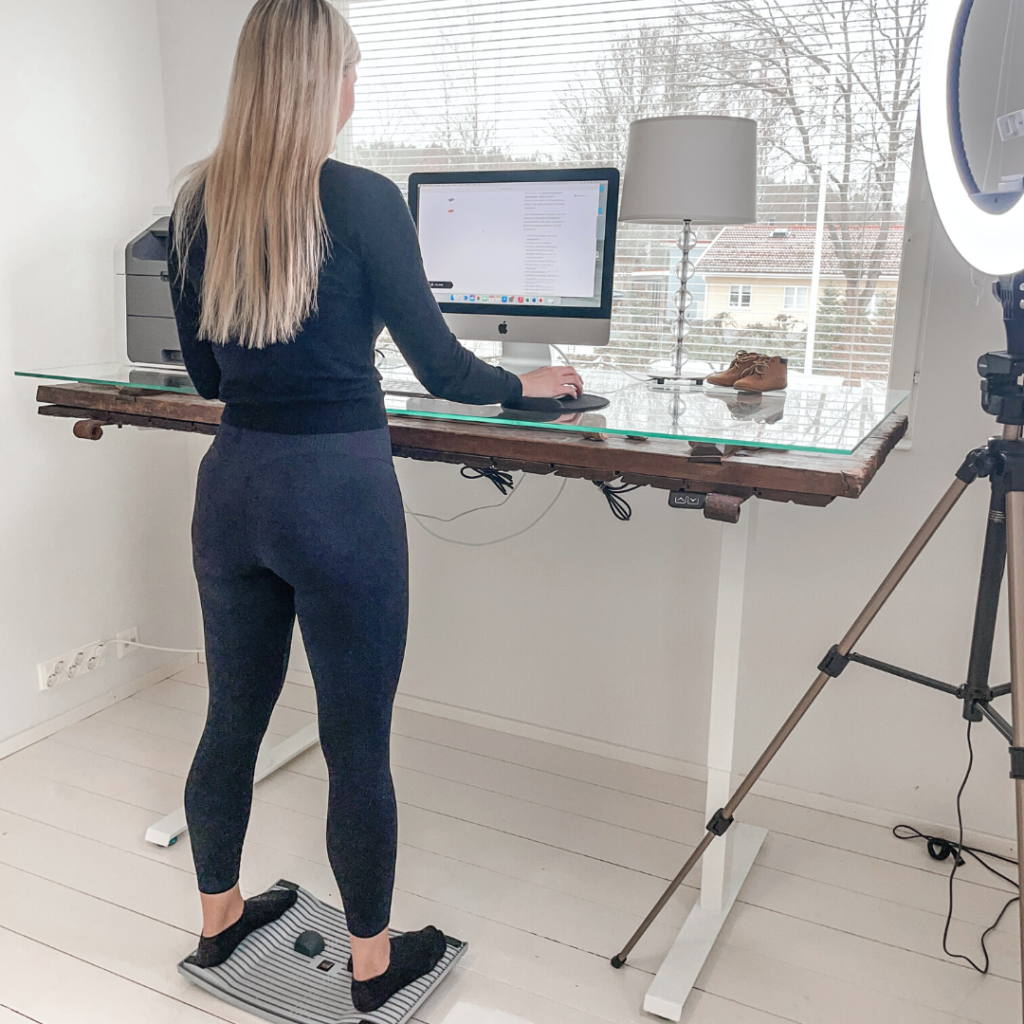Active workstations fundamentally transform how your body functions during the workday by encouraging natural movement, proper posture, and improved circulation. Unlike static desks that promote sedentary behaviour, active solutions like standing desks, balance boards, and treadmill workstations keep your muscles engaged and your blood flowing. This regular movement helps maintain proper spinal alignment while preventing the blood pooling that occurs during prolonged sitting. The benefits extend beyond physical health to include improved focus, energy levels, and overall productivity through better oxygen and nutrient delivery to your brain and muscles.
Understanding active workstations and their impact on your body
Active workstations are ergonomically designed solutions that incorporate movement into your working environment. Unlike traditional setups that lock you into static positions, these innovative workstations encourage you to shift, stretch, and change positions throughout your day.
The popularity of active workstations has grown alongside our understanding of the dangers of sedentary behaviour. With many of us spending 7-10 hours daily at our desks, the health implications are significant. Your body simply wasn’t designed for prolonged sitting or standing in one position.
When you use an active workstation, your muscles stay engaged in subtle but meaningful ways. This engagement supports your spine’s natural curves and promotes circulation through your lower extremities. Even small movements can activate your core muscles, helping maintain proper alignment while preventing the stagnation of blood flow that occurs when you remain still for extended periods.
The continuous movement these workstations encourage serves as a counterbalance to the posture-related issues and circulatory challenges that traditional desks create.
What happens to your posture during prolonged sitting?
During prolonged sitting, your posture gradually deteriorates as your body adapts to the demands of desk work. The most common issues include forward head posture, rounded shoulders, and an increased curve in your lower back.
This postural decline happens because your body follows the path of least resistance. When you sit for hours, certain muscles become chronically shortened and tight (particularly your hip flexors, chest, and neck muscles), while others become lengthened and weak (including your upper back, core, and gluteal muscles). This muscle imbalance pulls your body out of alignment.
Your spine bears the brunt of these changes. The natural S-curve that properly distributes your body weight becomes compressed, placing excessive pressure on your intervertebral discs. Meanwhile, your head—weighing approximately 5kg—moves forward, creating significant strain on your neck and upper back muscles.
Over time, these temporary adaptations become your default posture, following you even when you stand up. This leads to chronic discomfort, reduced mobility, and potential long-term musculoskeletal issues.
How do active workstations encourage better posture?
Active workstations promote better posture by engaging your core muscles and encouraging dynamic movement throughout your workday. This continuous activation helps maintain your spine’s natural alignment rather than allowing it to collapse into poor positions.
When you use a standing desk, you naturally activate your postural muscles more effectively than when sitting. Add a balance board or activation platform, and you engage even more stabilising muscles. These subtle movements require your body to make constant micro-adjustments, which strengthens your core stabilisers and prevents the muscle deactivation that occurs during static sitting.
Different types of active workstations offer unique postural benefits:
- Balance and activation boards: These create instability that engages your core, promoting spinal alignment while strengthening stabilising muscles
- Height-adjustable desks: Allow for position changes between sitting and standing, preventing any single posture from becoming problematic
- Treadmill desks: Encourage hip extension, counteracting the hip flexion of sitting while activating posterior chain muscles
By keeping your body in motion, active workstations prevent the muscle fatigue that leads to slouching and poor alignment, helping you maintain healthier posture throughout your workday.
Why does circulation suffer at traditional desks?
At traditional desks, your circulation suffers primarily because of prolonged static positioning that restricts blood flow through your body. When you sit for extended periods, pressure increases on the blood vessels in your lower extremities, especially behind your knees and in your thighs.
This pressure creates a damming effect, causing blood to pool in your legs instead of efficiently returning to your heart. The resulting reduced circulation leads to noticeable symptoms like swollen ankles, cold extremities, and that familiar “pins and needles” sensation when you finally stand up.
Beyond discomfort, these circulatory issues have broader implications. Your brain and muscles receive less oxygen and fewer nutrients, contributing to that mid-afternoon energy slump many office workers experience. Cognitive function declines as your brain receives less freshly oxygenated blood, making focus and concentration increasingly difficult.
Over time, consistently poor circulation from static desk work may contribute to more serious vascular issues, including increased risk of deep vein thrombosis and other cardiovascular problems.
How do active workstations improve blood flow and circulation?
Active workstations improve blood flow by incorporating regular movement that effectively pumps blood through your circulatory system. When you make even small movements, your muscles contract and relax, creating a pumping action that pushes blood back toward your heart.
This improved circulation delivers more oxygen and nutrients to your tissues while removing metabolic waste products more efficiently. The result is better overall vascular health and reduced risk of circulation-related problems that commonly affect desk workers.
The physiological benefits are significant:
- Reduced vascular resistance as blood vessels remain more dilated through regular movement
- Decreased blood pressure due to improved vessel elasticity and reduced peripheral resistance
- Enhanced venous return, preventing blood from pooling in your lower extremities
- Improved lymphatic flow, reducing swelling and fluid retention in your legs and feet
Even small movements make a difference. Shifting weight on a balance board, changing positions at a height-adjustable desk, or gentle stepping movements can significantly improve your circulation compared to static sitting or standing.
What practical steps can you take to maximize these benefits?
To maximize the postural and circulatory benefits of active workstations, take a thoughtful approach to implementation and daily use. Start by setting up your workspace properly with your monitor at eye level and your keyboard positioned to allow relaxed shoulders.
Begin gradually if you’re new to active workstations. Your body needs time to adapt to increased movement. Start with 15-20 minute sessions on balance boards or standing positions, gradually increasing as your strength and endurance improve. This progressive adaptation prevents fatigue that might lead to poor posture.
Create movement routines throughout your day:
- Set hourly reminders to change positions or perform simple stretches
- Alternate between sitting, standing, and active movement throughout your workday
- Incorporate “movement snacks”—brief activity breaks that get your blood flowing
- Use foot rollers or balance boards even during seated periods
- While standing, use a balance board or active board
Remember that ergonomics extends beyond your workstation. Supporting techniques like proper hydration, regular eye breaks, and brief walking meetings can enhance the benefits of your active setup.
We at Gymba designed our activation boards and ergonomic solutions specifically to integrate these natural movements into your workday. Our products help you maintain proper alignment while encouraging the subtle, continuous movement that improves circulation—all without disrupting your focus or productivity. The key is finding tools that make movement intuitive rather than something you have to remember to do.

